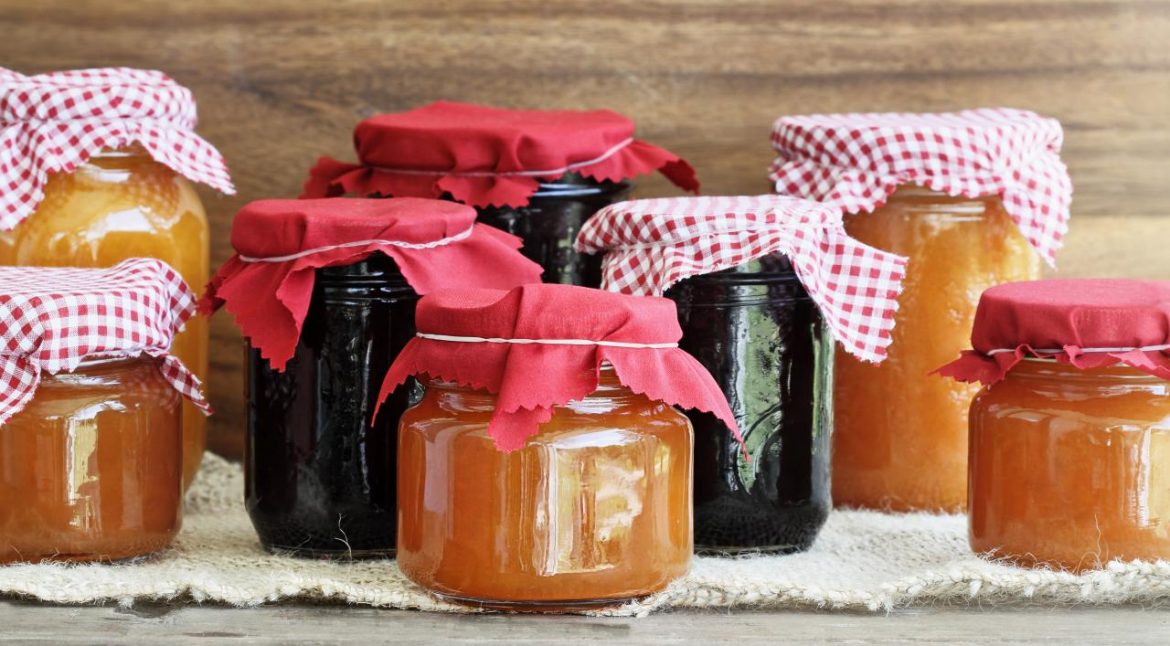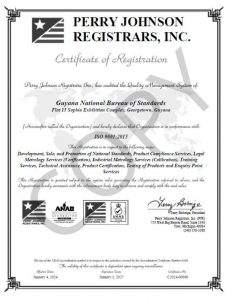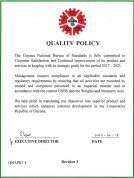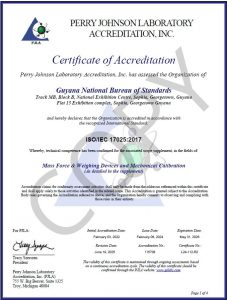Jams and jellies are a staple in many households, valued for their ability to enhance the flavour of everyday meals, from breakfast spreads to dessert toppings. These fruit-based preserves not only satisfy taste buds but also serve as an important source of fruit in diets. To ensure the quality, consistency, and safety of jams and jellies, the Guyana National Bureau of Standards (GNBS) established the National Standard GYS 38:2001 – Specification for Jams (Fruit Preserves) and Jellies.
The standard applies to jams and jellies made from single or multiple fruits. These fruit spreads are differentiated by their ingredients and preparation methods. Jams, also known as preserves, are made from whole fruits or fruit pieces, while jellies are created using only fruit juice, which is extracted and clarified. Both products must contain a substantial amount of fruit and reach a high level of soluble solids to ensure consistency and flavour.
Standards play a critical role in maintaining the quality of consumer products. They define the essential characteristics of products, such as composition, and ensure safety in production and use. Standards provide a level of trust for consumers and manufacturers alike. For jams and jellies, the GNBS standard ensures that these popular fruit spreads meet a defined level of quality, ensuring consumers receive authentic products with the right texture, flavor, and safety assurances.
The GNBS, known for its role in developing and adopting national standards through the work of established technical committees and the approval by the National Standards Council (NSC). In the case of jams and jellies, the NSC approved the adoption of GYS 38:2001 based on the recommendation of the Technical Committee – Foods.
In 2001, the GNBS, through the Technical Committee – Foods, revised the original GYS 38 standard. The revision aimed to incorporate modern practices in manufacturing and ensure that fruit preserves and jellies in Guyana adhered to international best practices. Following the revision, the NSC approved the updated version, which became the first revision of the standard.
Jams and jellies must be made from sound, wholesome fruits, whether fresh, frozen, canned, or concentrated. The standard also allows for optional ingredients like citrus juice, spices, honey, or fruit juice concentrates to enhance flavor. A critical requirement is that the fruit content of jams must not be less than 30 parts by mass per 100 parts of the finished product, ensuring that consumers get a genuine fruit-based product. Additionally, the soluble solids content, which is a measure of the product’s sugar content and consistency, must be no less than 65% for the final product, ensuring a thick, spreadable texture. Further, in alignment with GYS 13:1995 – “Specification for food hygiene,” manufacturers must ensure that their products are free from harmful microorganisms and other contaminants, safeguarding consumer health.
Notably, the standard does not apply to diabetic or dietetic fruit spreads, products with low sugar content, marmalades (which are made from citrus fruits), or products intended solely for manufacturing use.
The GYS 38:2001 standard continues to serve as a benchmark for quality in the production of jams and jellies. By adhering to this standard, manufacturers can ensure that their products are wholesome and meet consumer expectations. As the GNBS continues to adopt and develop standards, and their requirements are followed, both consumers and manufacturers can trust that the products they enjoy are safe, reliable, and of quality.
For further details on how to access this and other standards, contact GNBS at (592) 219-0064-66 or via WhatsApp at 692-4627. You can also visit our Standards Portal: gnbsguy.com






